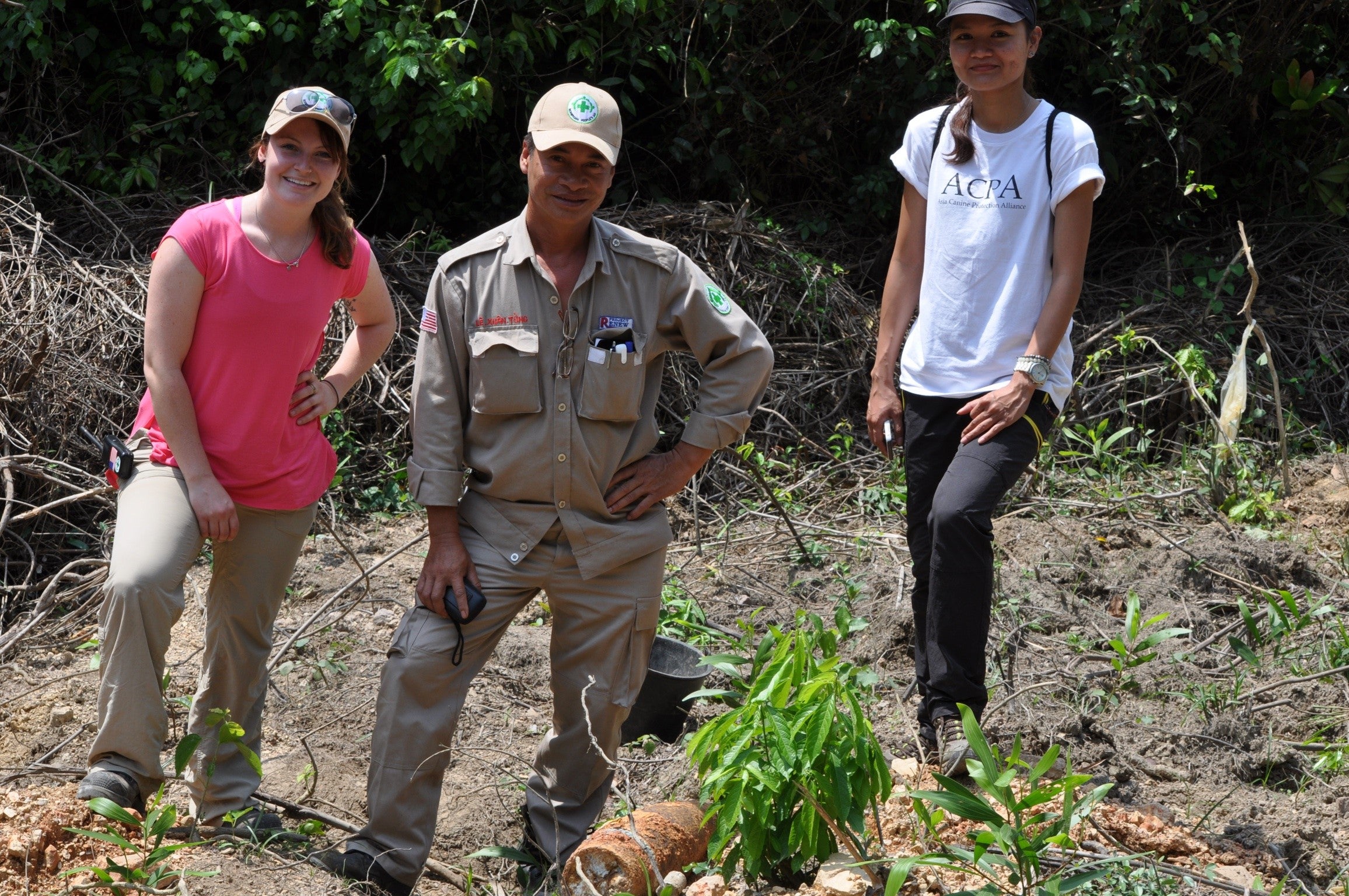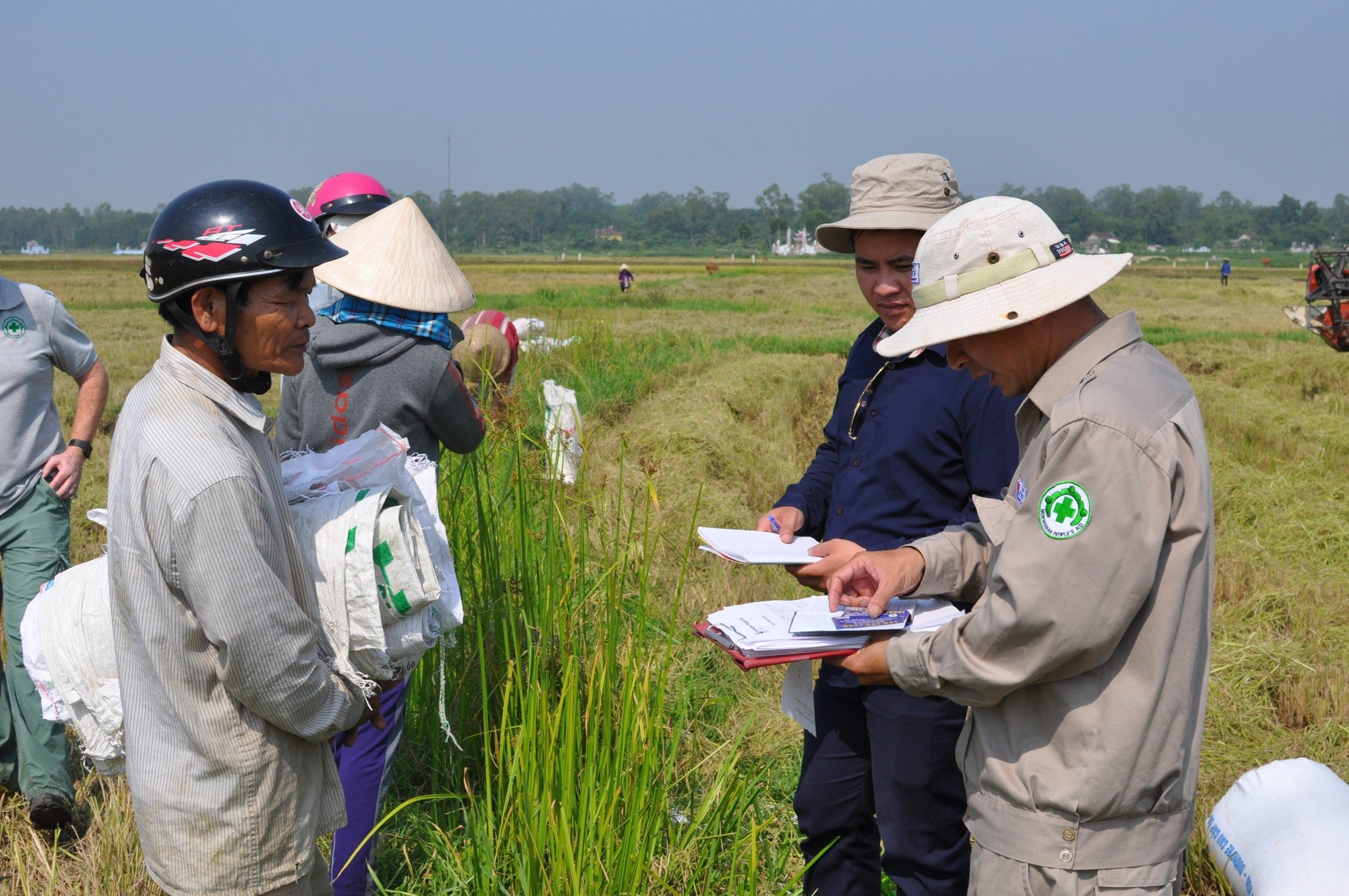
Written by Mary Crawford (Student and Future Alumnus)
Throughout my time at the University of Waterloo I have refined my skills as a development practitioner, specializing in disarmament. This program has provided me with the opportunity to gain valuable experience in my preferred field by working with Mines Action Canada (MAC) through their partner Norwegian People’s Aid (NPA) in Vietnam.
Between 1965 and 1973, the United States dropped 413,130 tons of submunitions over Vietnam, striking 55 provinces and cities (Monitor 2015). This means that there is a great deal of land that remains unused, as it is too dangerous. Since the end of the war in 1975, over 100 000 people have become victims of unexploded bombs and land mines. Vietnam was a battlefield, and without proper clearance, it will remain that way. Accidents still occur involving bombs that were dropped over 40 years ago.
During my internship I participated in fieldwork and documented the ongoing work being done in the area. The fieldwork undertaken by the team has a number of steps, and can be quite a long process. First, non-technical surveys are done throughout the province in order to better understand the areas most in need of clearance and determine what is out there. This is done through interviews with the local farmers and villagers, going door to door to ask what they have seen or heard, and creating a map of potential dangers.
This preliminary work leads to technical surveys done by trained professionals, who use metal detectors to locate potential landmine sites. They work through fields that have been determined contaminated, and mark off areas where there may be possible explosives. This is followed up with an Explosive Ordinance Disposal team, who come in to either remove or destroy these marked off explosives.

Although all possible precautions are taken in locating and disabling the landmines, safety on the job is not guaranteed. NPA suffered a great loss when a cluster munitions detonated during a team-led technical survey. The team leader, one of NPA’s most senior staff Ngo Thien Khiet was killed, and another member of his team was sent to hospital in critical condition. Ngo Thien Khiet dedicated his life to saving the lives of others by cleaning up the mess left behind from the war, and he will be dearly missed.
This was the first accident the NPA Vietnam team had ever experienced, and has reminded us all of the dangers in this line of work. The legacy of war is long lasting and continues to affect communities that are attempting to rebuild their lives. Mine Action is so crucial to the development of Vietnam, and land release is an important part of the healing process.
My internship is not like any other; it has and will continue to push me outside of my comfort zone as I face the aftermaths of war. The most essential thing I have learnt so far is that in war, there are no winners. There is no victory; there is no true end. The effects of the war that ended in 1975 can still be felt today, and have deeply impacted and shaped the generations of Vietnamese people who had to live through it. This internship also challenges my academic experience, as I have always understood conflict as a necessary catalyst for change but now I am left wondering, at what cost? Many friends and family believed after this internship my life goal to pursue disarmament would shift, however it has only instilled more drive in me.
Canada has the agency to do so much more, and as the founders of the Ottawa Treaty it is our responsibility to uphold that agreement and continue to reduce stockpiles and clear lands. The world can be mine-free by 2025 if we have continuous support in the clearing process. It is the responsibility of the international community to see through an agreement they signed almost 20 years ago. It is our responsibility as University of Waterloo students and alumni to play a role in bringing this world one step closer to peace.